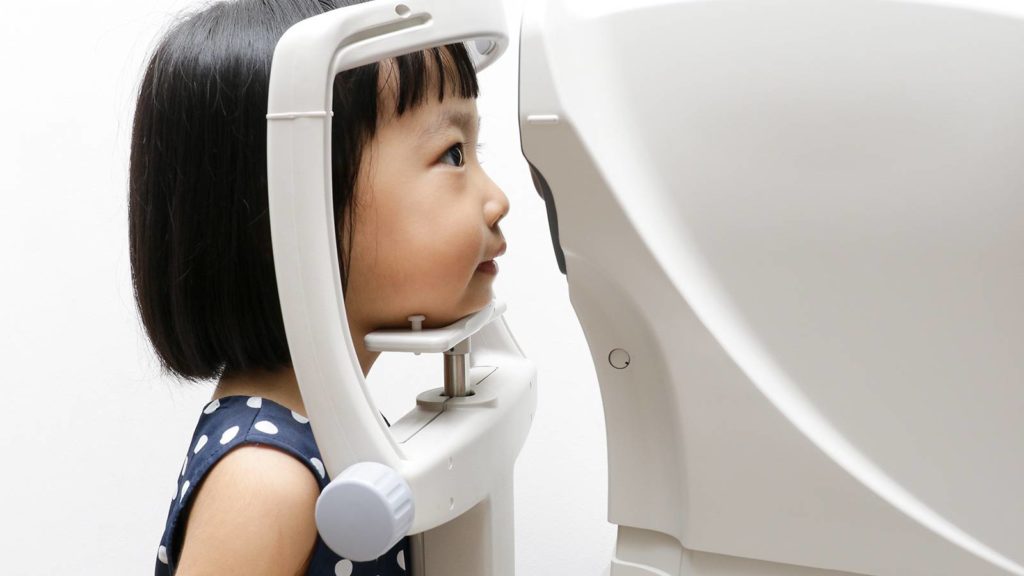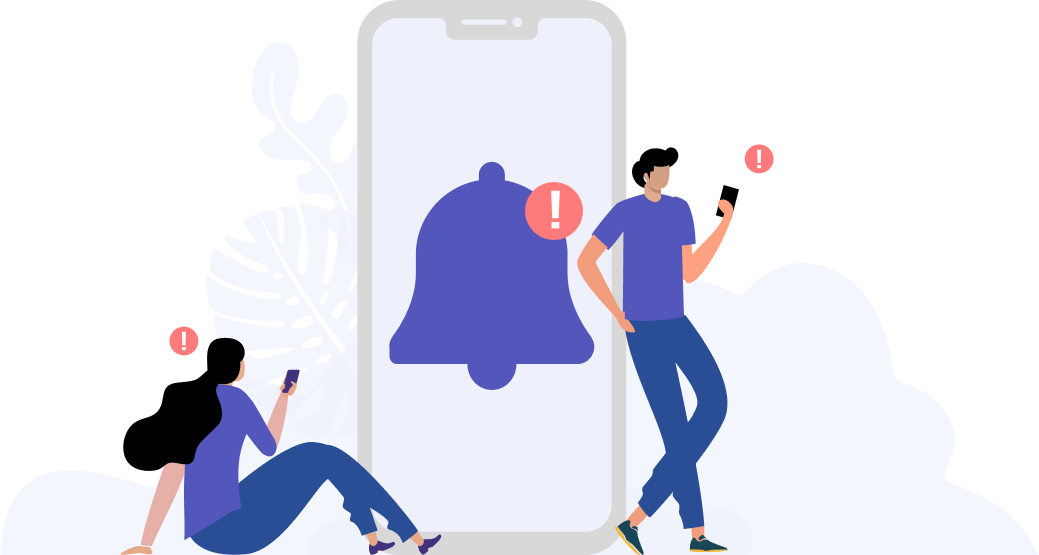Toddler Eye Problems You May Not Know About

Red, itchy or misaligned eyes are symptoms of a vision issue, so monitor junior regularly to detect eye problems early!
When you were younger, your parents would nag at you not to sit too close to the television, or to refrain from reading in the dark, so as not to get myopia in the future. You may find yourself singing the same tune to your kids now. With some 40 per cent of adult Singaporeans suffering from myopia or short-sightedness ― one of the world’s highest ― it’s an eye problem many of us are familiar with. Yet, children also suffer from less well-known eye problems.
Stresses senior consultant ophthalmologist Dr Leo Seo Wei, says “Early diagnosis and treatment are critical to maintaining your child’s eye health as many diseases can result in lazy eye or amblyopia, which can cause loss of vision if not treated in time.”
So, be vigilant about your mini-me’s eye health as acting early might help save your child’s eyesight. Read on to learn more about other eye problems junior could suffer from, as well as their symptoms and the treatments available.
If lazy eye is not treated, the brain might start to ignore the images from the weaker eye in the long run, which will have a permanent impact on junior’s vision.
1. Strabismus
In strabismus, more commonly known as squinting, your child’s eyes are misaligned and don’t look in the same direction. Babies usually have this problem as their eye muscles are not strong enough to hold the eyeball in a fixed position for long. However, if your baby’s eye condition persist four months, bring him to the doctor for a check.
What to look out for: Misaligned eyes, eyes that move differently, squinting or closing one eye in the presence of bright light or sunlight, or double vision.
Treatment: In very mild cases, wearing spectacles should be straighten out the eye. If not, eye patches or atropine eye drops can also be used. These work by covering or blurring the good eye’s vision, forcing the weaker eye to work harder, which strengthens the muscles. As a last resort, surgery might be needed to help loosen or tighten the muscle of the eye.
2. Amblyopia
Amblyopia or lazy eye occurs when the vision of one eye is significantly better than the other and the brain begins to rely on the better eye and ignore the weaker one, Dr Leo explains. If lazy eye is not treated, the brain might start to ignore the images from the weaker eye in the long run, which will have a permanent impact on junior’s vision. Lazy eye can be caused a droopy eyelid or a cataract, which obstructs or disrupts vision. Strabismus can also cause lazy eye as the eyes do not line up as it should, causing blurry vision. Some parents may find it hard to spot amblyopia in their kids as their eyes are well aligned.
What to look out for: Poor vision in one or both eyes, squinting or tilting the head to see, poor depth perception or complains of headaches.
Treatment: Spectacles are worn to correct the sufferer’s vision. The use of eyepatches and atropine eye drops will also force the brain to pick up images from the weaker eye, instead of relying solely on the good eye. Finally, surgery can tighten or loosen the eye muscle, correct a droopy eyelid or remove the cataract that is interfering with your kid’s vision.
3. Epiblepharon
Epiblepharon is a congenital condition whereby there is an extra horizontal fold of skin near the upper or lower eyelid margin. Normal eyelashes point forward but people with this irregularity find that their eyelashes are pushed against their cornea. Most commonly found in Asian children, this condition will mostly disappear over time when they mature because their facial features change.
What to look out for: Red, itchy and teary eyes. Constant rubbing of the eyes.
Treatment: In mild cases, lubricating eye drops or ointment can be used to treat this condition. In severe cases, surgery might be needed to remove a small area of excess skin and muscle to allow the lashes to point outwards.
Click through to learn more about other less common eye problems…
4. Retinoblastoma
Retinoblastoma, a form of cancer that grows in the retina, is usually only found in children. This cancer affects foetuses in the mum’s womb, up till the age of 5. If detected in utero, a foetus with retinoblastoma can be delivered early to initiate early treatment, which can reduce the rate of the disease and help preserve the vision, explains Dr Leo. If treated early, up to 95 per cent of retinoblastoma sufferers can be cured.
What to look out for: A cloudy white pupil or reddish pupil, accompanied with pain and discomfort. The pupil may look larger than normal, the irises have different colours and vision may be poor or reduced.
Treatment: The most common treatment method is chemotherapy ― oral or through injections ― or external beam radiation. Radiation is carefully focused onto the tumour to kill cancer cells. Other methods are brachytherapy (insertion of radioactive implants into the disease), cryotherapy (freezing treatment), and lastly, enucleation (removing the entire eyeball). Pointing out that retinoblastoma treatment should be tailored to each individual, she adds, “The treatment type depends on factors such as location and size of the tumour, and the estimated vision prognosis.”
If detected in utero, a foetus with retinoblastoma can be delivered early to initiate early treatment, which can reduce the rate of the disease and help preserve the vision.
5. Glaucoma
In glaucoma, increased pressure in the eyeball can lead blindness if left untreated. A rare condition that’s usually diagnosed within the first year of life, Dr Leo says that most paediatric cases of glaucoma have no specific cause and are considered primary glaucoma. Secondary glaucoma happens when it is caused by, or associated with a specific condition such as aniridia (absence of the iris), trauma or previous eye surgery like childhood cataract removal.
What to look out for: Excessive tearing and blinking, enlarged or bulging eyes, red and irritated eyes, cloudiness of the cornea or sensitivity to light.
Treatment: Most cases of primary paediatric glaucoma are treated with surgery. Other methods include laser and eye drops. “Although rare, eye drops might have systemic side effects on children. The younger and lower the body weight, the higher the risk,” Dr Leo notes.
6. Coat’s Disease
This happens when blood vessels carrying oxygen and blood to the retina break, leaking fluid and causing a build-up of fatty material in the retina, causing it to swell, which results in either partial or complete detachment of the retina. Dr Leo states that this is a very rare disease ― she only sees about one patient with Coat’s Disease per year. Early detection will save your eyesight but if it has already progressed to the final stage, the eyeball might need to be removed.
What to look out for: Yellow eye when a picture with flash is taken, loss of depth perception and parallax (position/direction of an object appears to differ when viewed from different positions). The eyesight worsens (either central or peripheral vision).
Treatment: Dr Leo says, “Laser or cryotherapy are utilised to constrict the abnormal blood vessels and stop the leakage of fluid. Surgery might be needed in the advanced stages of the disease to treat retinal detachment.” After treatment, the patient will monitoring to ensure that the disease does not return.
Dr Leo Seo Wei is the medical director and senior consultant ophthalmologist at Dr Leo Adult and Paediatric Eye Specialist Pte Ltd.
This story first appeared on SmartParents. Written by Lim Li Xuan.
Tools Designed for Healthier Eyes
Explore our specifically designed products and services backed by eye health professionals to help keep your children safe online and their eyes healthy.





